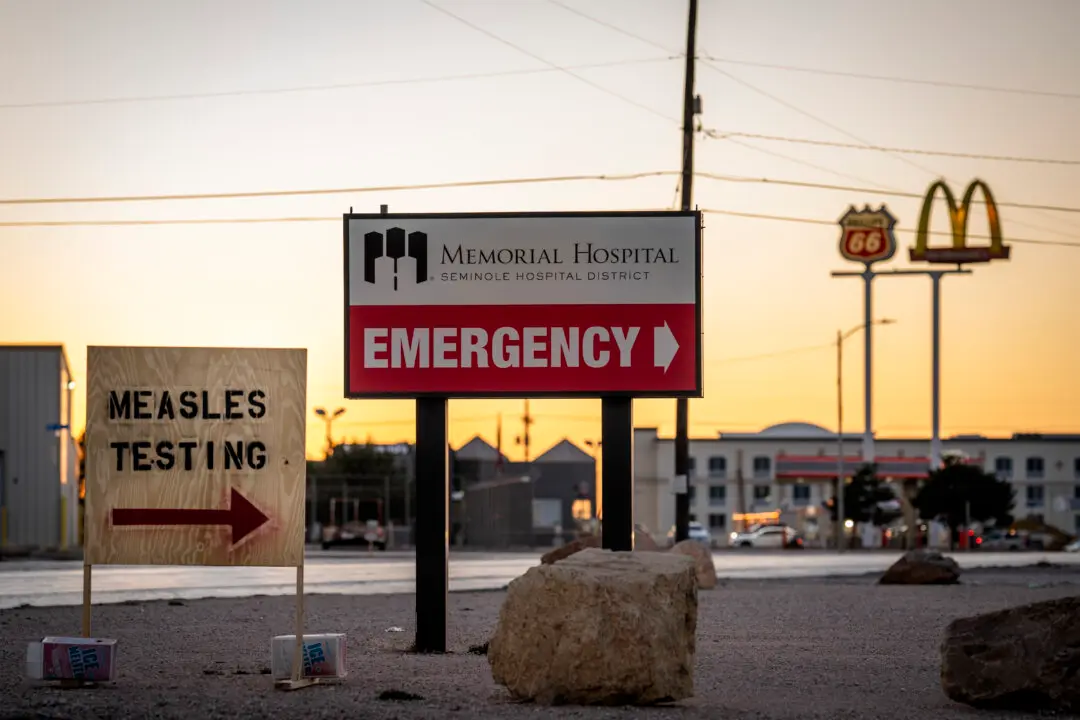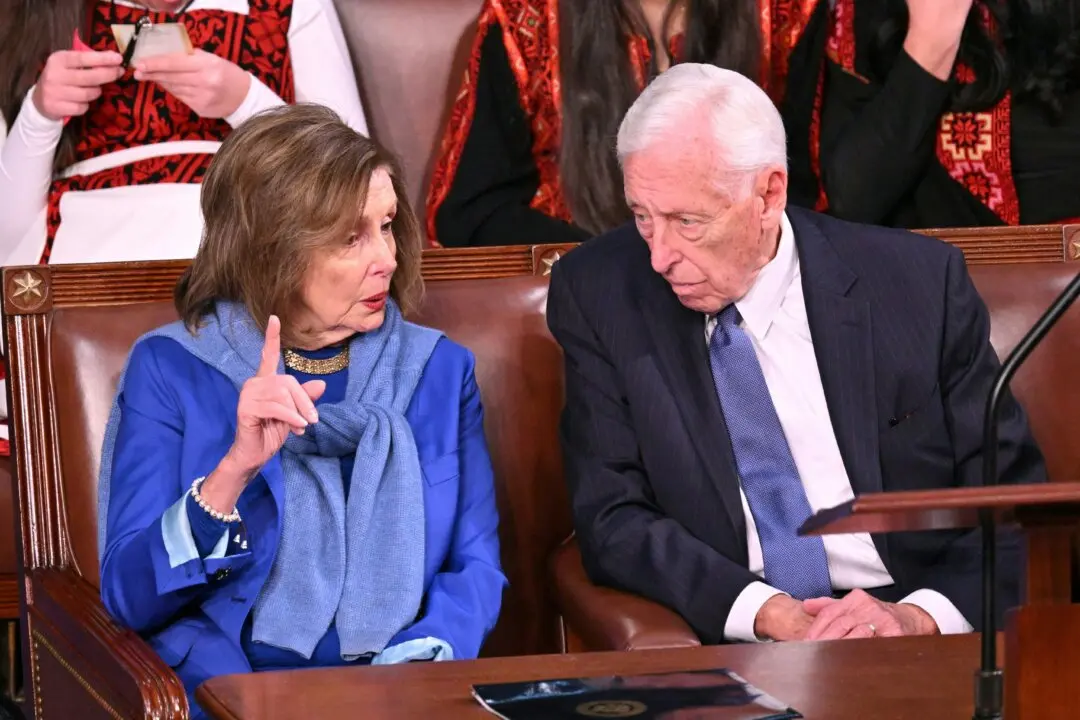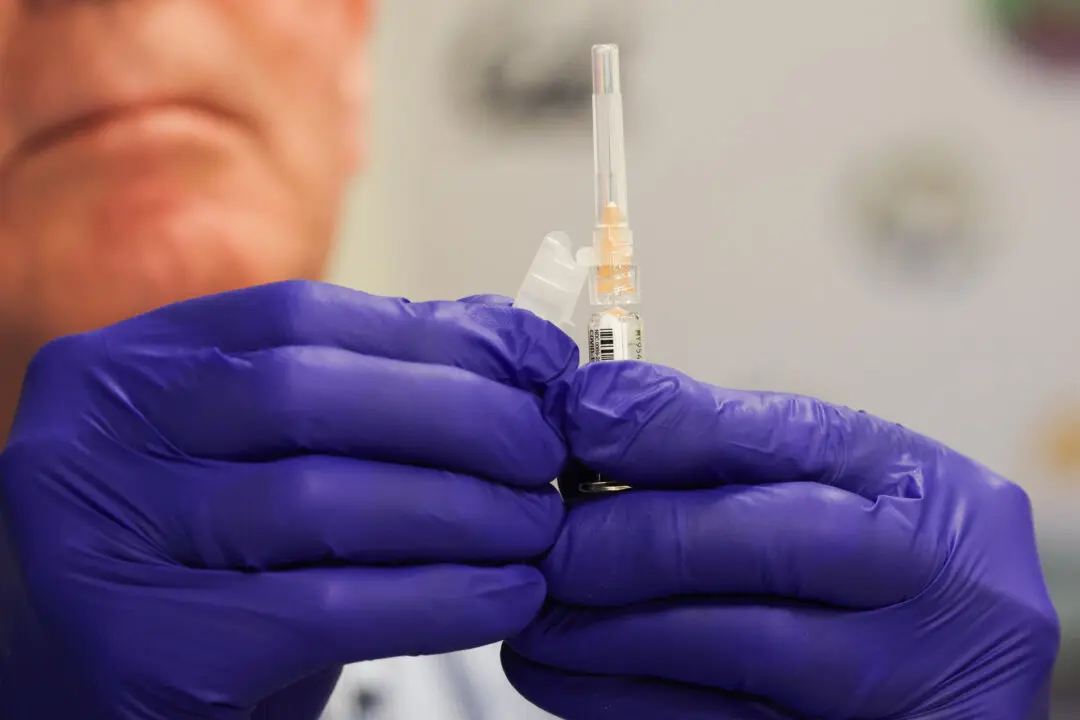Austria announced plans toward reopening the country amid the COVID-19 pandemic.
Similar to many nations, when authorities ordered a lockdown in the country on March 16, businesses designated as nonessential were forced to close and the general public was told to stay at home unless they were leaving for groceries, medicine, or health care.





